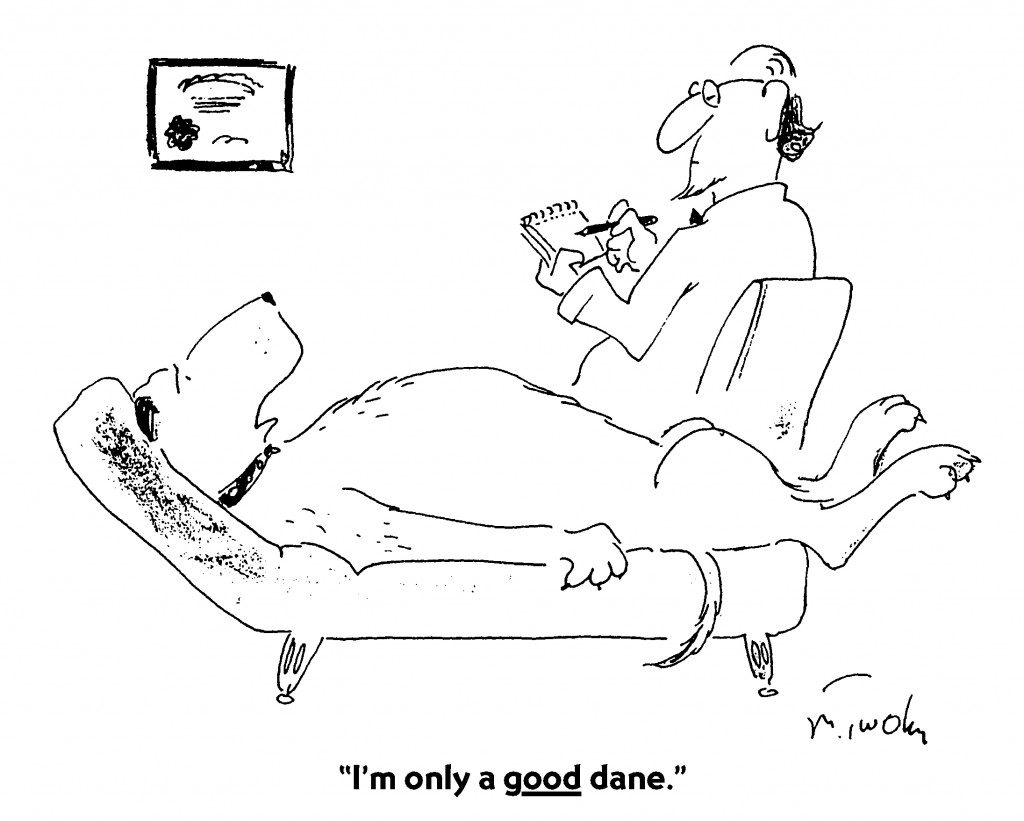Frequently Asked Questions
What is Generalized Anxiety Disorder (GAD)?
Generalize anxiety disorder (GAD) is a common anxiety disorder that involves chronic worrying, nervousness and tension, If you have GAD, you may worry about the same things other people do: health concerns, family problems, money or difficulties at work. However, worry with GAD is more excessive, intrusive, persistent and debilitating. The anxiety in GAD is less intense than a panic attack, but much longer lasting, making normal life difficult and relaxation impossible.
How Common is Generalized Anxiety Disorder?
Approximately five percent of people will develop GAD during their lifetime, Women are more likely to have GAD than men.
What are the Symptoms Associated with GAD?
Symptoms can be categorized in four ares:
Emotional
- Restlessness, feeling keyed up or on edge
- A pervasive feeling of apprehension or dread
- Irritable
Cognitive
- Constant worries running through your head
- Believing that your anxiety is uncontrollable; there is nothing you can do to stop the worrying
- An inability to tolerate uncertainty; you need to know what’s going to happen in the future
Behavioral
- Inability to relax, enjoy quiet time
- Putting things off because you feel overwhelmed
- Avoiding situations that make you anxious
Physical
- Feeling edge or jumpy
- Easily fatigued
- Difficulty sleeping
- Muscle tightness or body aches
What Causes GAD?
There appears to be a (mild) genetic component to all anxiety disorders. Individuals that develop GAD view the world as a dangerous, more threatening place than others. They also seem to have an over-developed sense of responsibility: that they should be able to prevent or control negative outcomes from happening. They also tend to have perfectionistic tendencies.
How is GAD Treated?
Cognitive behavioral therapy (CBT) has been found to be the most effective treatment for GAD. Most courses of CBT last from 12 to 16 weeks. Some people choose to use medication along with this therapy, especially during the early stages of treatment, so they are better able to focus on therapy.
There are four components to effective treatment:
- Education. It is helpful to learn the signs and symptoms of GAD. It is
important to learn about the purpose and function of anxiety. This enables
clients to discriminate between appropriate worry and inappropriate worry. - Cognitive re-structuring. Clients are taught strategies to help control the thoughts associated with GAD.
- Relaxation strategies. Clients are taught a deep muscle relaxation strategy and breathing techniques that reduce tension and achieve a calming effect throughout the nervous system.
- Behavioral strategies. It is important to identify behaviors (e.g. seeking reassurance from others, demanding perfectionistic behavior in oneself) that might reinforce their worries. They are encouraged to challenge these behaviors so as to disconfirm their worst fears.
